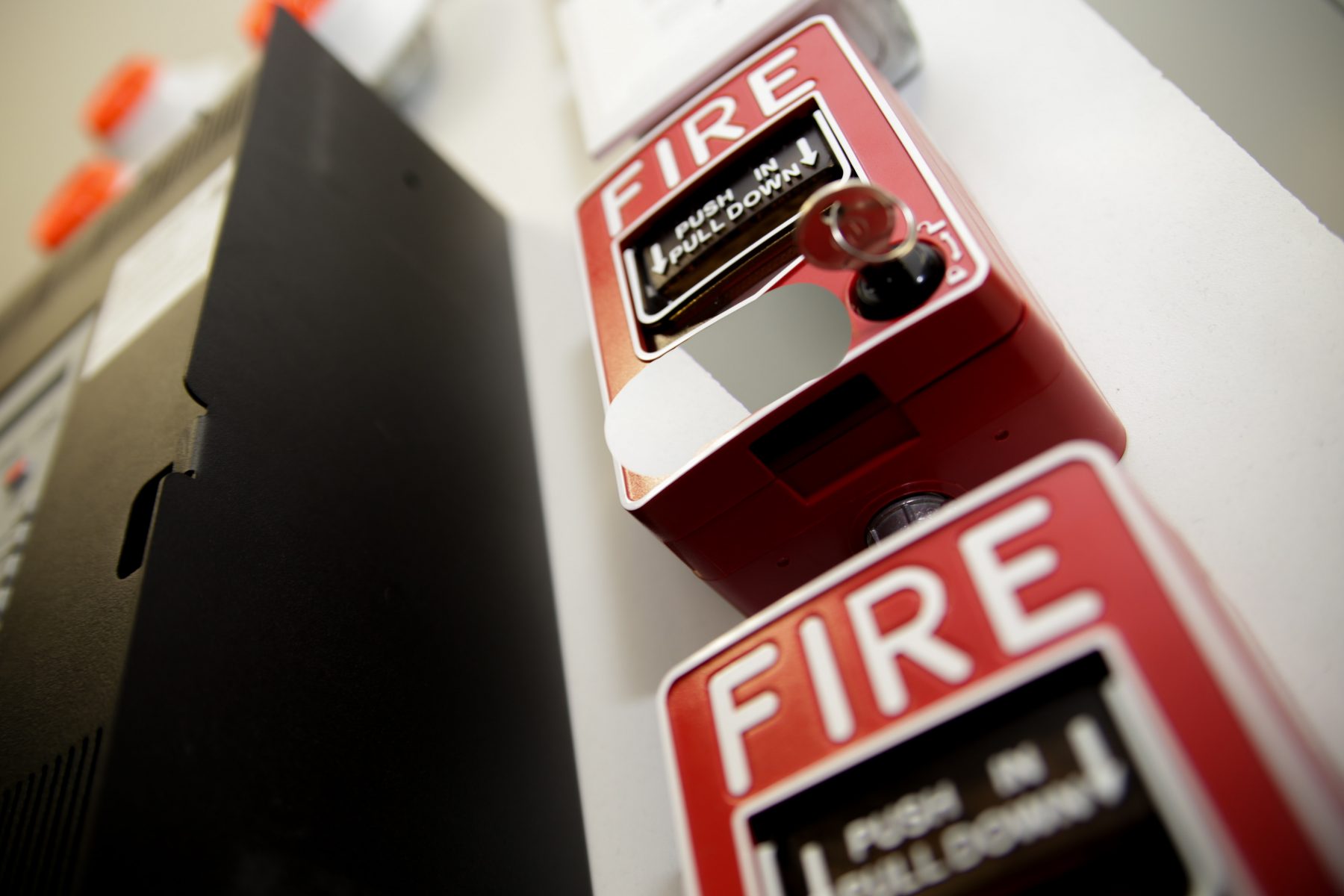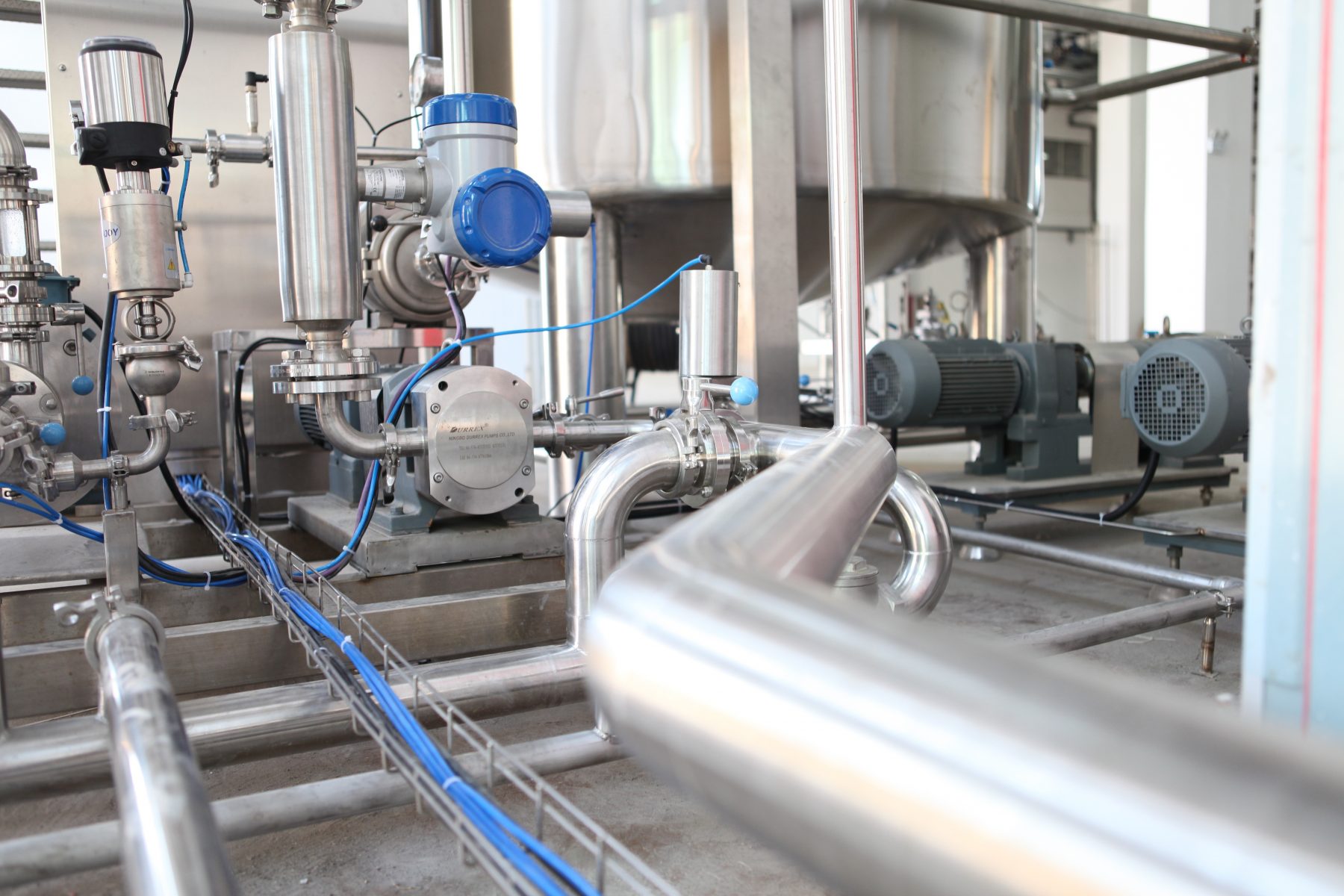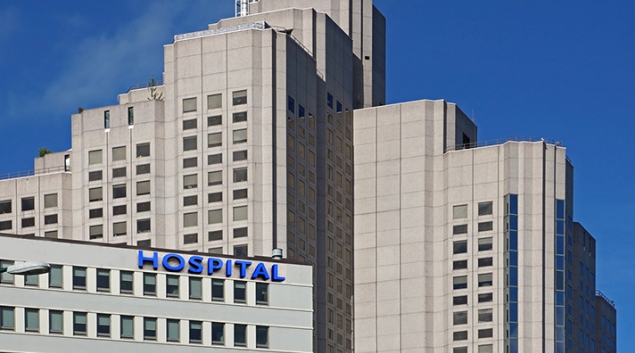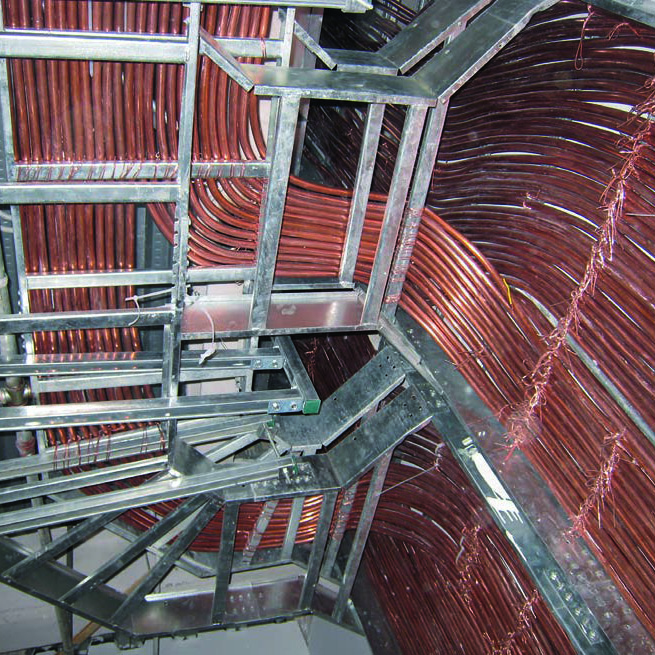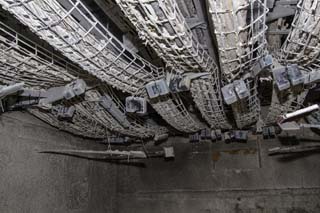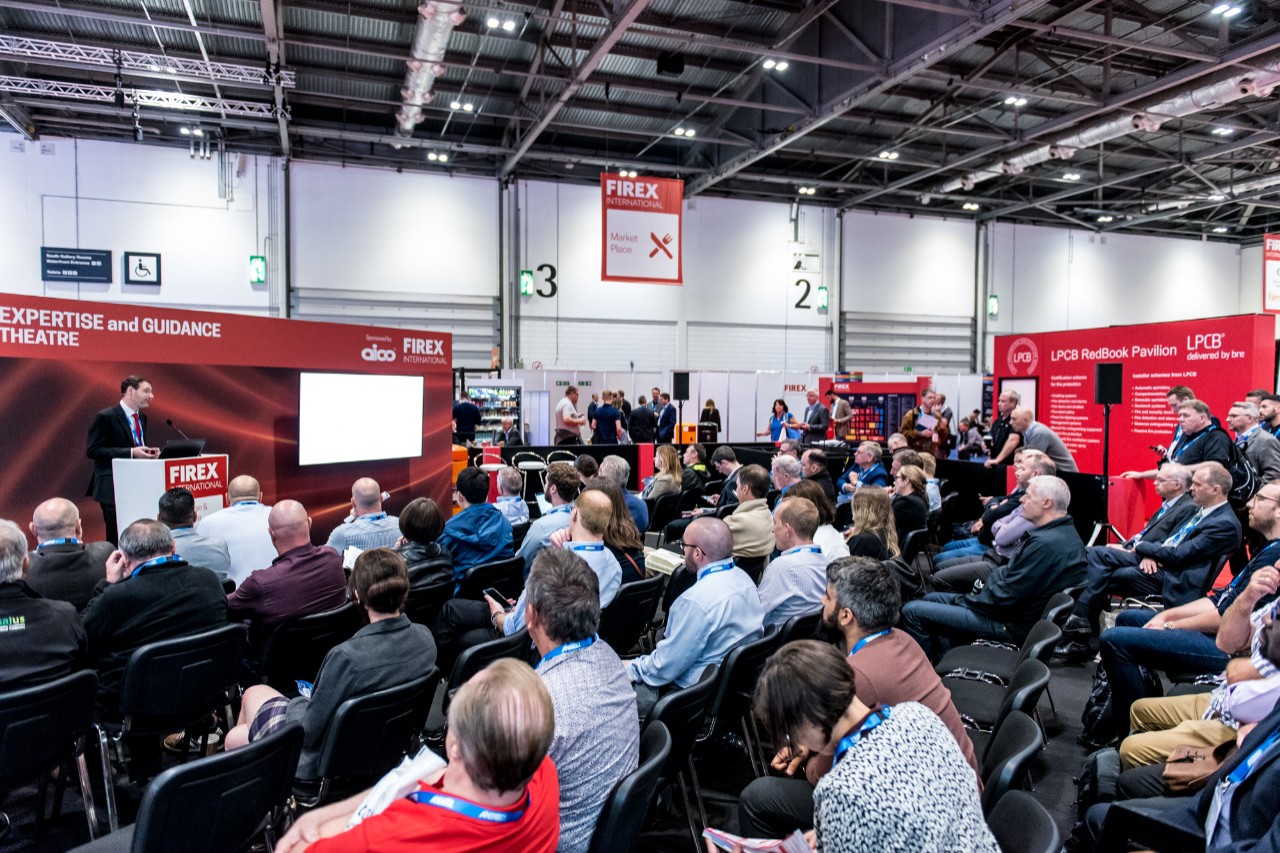The difficult job of making sure our modern buildings are as safe as they can be
Thermal Resources Management have a long history as MICC and BICC of supplying both the commercial and industrial construction industries. From the 1930’s BICC were manufacturing and installing the same seamless tube Mineral Insulated Fire Survival Cable as we make today in Churches across the UK… much of it is still working today!
The construction indThe ustry represents a unique challenge in terms of promoting our fireproof and heating cable products. To ensure our products are used correctly we work at all levels of the supply chain. This helps end users ensure they get the right product at the highest quality but also the best life time cost!
Please review the following sections on how we can specifically help each part of the construction supply chain.
End Users
When it comes to who has the ultimate responsibility for the safety of the people who will eventually use a new building the end users/owners must surely take on this mantle.
Why? Because they or the building in their building will be the ones who in the event of a disaster or major emergency like a large scale fire will be the first to face the trauma of it.
It’s their staff, tenants, guests, visitors, commuters, patients and even perhaps pupils that will experience things first hand and will rightly expect the building to have the very best lifesaving systems…. Regardless of cost the alarm, emergency lighting, ventilation, access, firefighting and suppression systems etc must do the job they are required to do… they simply must work!
Of course, the cost is a major influencer in all construction projects around the World but before the cost of a build comes the reason to build or job the building must succeed in doing. So it stands to reason that any product to be used in the building during or after construction needs the same approach… i.e. a simple method or thought process like the following is needed;
- What does it need to do?
- Can it do it?
- How much will it cost?
- When can we get it?
- Etc
There is clearly no use in reviewing products from the cost only angle. If it doesn’t work then it doesn’t matter what the price is, it just shouldn’t be used!
It is however unfair of course to give all the responsibility the end users/owners of the buildings, they trust the people they employ to help them design and build their project to the highest possible specification.
Owners and end users also must trust the governing bodies and standards associations to provide adequate tests to ensure the products used will perform the job they are required to do.
They must also trust the manufacturers to market their products correctly and truthfully, especially when it comes to potential life-saving equipment and technology.
Sadly the last two points cannot be guaranteed.
MICC provides a voice for the Mineral Insulated Cable Industry. In the Fire Survival Wiring section of our website, you will find open, honest and factual information concerning the performance of our MI cables in a real fire… the only one that matters.
Well before the sales process begins we offer free training and consultation, our aim is to make buildings around the World safer by advising on where MI fireproof cables should be used. The information we give is fact-based and backed up by industry experience and research.
Please contact us to arrange a seminar at your office, or leave your details so we can invite you to our next training seminar in your area. Let us help you make the right choice.
Consultants
After the End Users / Building Owners have decided to start a project very early on they appoint a design consultant. This may be a direct approach or for large scale projects may be in the form of a tender where a consortium of companies might win a package of work within the budget set by the client.
The key thing to note here is that the end users will look to the consultants for advice and expertise in what standards need to be employed in the building construction. Savvy end users may already have an idea of what they want but generally, their consulting partners will design the building based on their knowledge and experience, ensuring the building fits their client’s requirements.
With this in mind, it is vital that consultants know as much as possible about the potential life-saving systems they are recommending to be used in the building. So how do they gain this knowledge?…
It may be a mixture of some or all of the following; past experience, current local or international standards, product research and education / other training.
When looking specifically at the choices made for the Fireproof cabling in a modern building two important factors are usually considered; how long must the circuit work for and what standard must the product meet.
Once the egress time is decided, usually upwards of one hour to ensure the building users have time to escape with the lifesaving circuits still operational, a suitable standard is called for to ensure the products used fit for purpose.
It is of course not the consultants’ job to test the products themselves to give them and their client the peace of mind that they will do the job intended… The problem is the standards cannot always be 100% trusted to confirm the performance a product in question. Standard committees will only guarantee product performance based on the specific laboratory tests employed, they also usually have small print which must be understood before placing full trust in them. And finally, they say it is up to the Consultant to still make the right choice as they only provide a minimum guideline of potential performance.
This leaves consultants and indeed end users in a very difficult position, are they really expected then to conduct their own tests to ensure the products specified will perform the jobs intended? Well in the past this has been what has been needed to ensure the best / right products are installed… for example, the Kings Cross underground fire in 1987 where 27 people lost their lives. After this fire the London Underground developed their own test for fire performance cables known as BS6387 enhanced, the only cable to pass this test for a long time was MICC fire survival cables.
MICC works around the World to educate and consult on the proper use of fireproof cables. Using tried and tested methodologies and research we bridge the gap between real-world performance and current international standards.
Our training and consultation is free and simply designed to help save lives in the event of a fire or other serious event where a higher performing cable is required, for example, risk of terrorist attack.
Please contact us to arrange a seminar at your office, or leave your details so we can invite you to our next training seminar in your area. Let us help you make the right choice.
Contractors
When it comes to the actual construction of a building then the contractors employed are on the front line. Their knowledge and experience are vital to ensure the end users dream and the consultant’s plan are realised in the desired way.
However it is rarely a straight forward task, even the best-laid plans can need a little tweaking to ensure they work. The critical thing here though is the consultant, designer or architects and contractors are on the same page. If the contractor doesn’t know what a specified standard or product is they may not know how to use it correctly or where to even source it from. Sometimes what is not understood is feared and contractors rightly will do all they can to ensure they complete their part of the construction in the shortest time to the lowest possible cost.
It is vital then that contractors know as much as possible about current standards and where the relevant products fit in with them. Then they must know how to work with them properly to ensure there are no delays on site which could delay the project and increase its cost.
MICC understands how important contractors are and also hold training seminars with them regularly around the World to advise and demonstrate how Mineral Insulated Cables work, and how they should be used correctly to make installation quick and easy.
Please contact us to arrange a seminar at your office, or leave your details so we can invite you to our next training seminar in your area. Let us help you make the right choice.
Distributors
MICC believes that in order to have the greatest potential to save lives through better specification and use of fireproof cables all levels of the supply chain must understand the real-World situation.
As the pages in the Fire Survival Wiring section area of this website demonstrate, the fact is soft skin cables do not give the performance they or current standards infer. It is not that they are poor cables, more than they are often used incorrectly or relied upon to give survival times which they have no hope in meeting.
Distributors and wholesalers are vital to the construction industry and play a very important role in providing products quickly and to the required standard. They are also ideally placed to give an extra layer of advice/peace of mind to contractors / installers by being able to help recommend and demonstrate proper use of retailed products.
MICC support the wholesale and distribution industry by giving full training on the principle, technical specification and proper termination & installation of Mineral Insulated Fire Proof cables.
This holistic approach by supporting all levels of the construction supply chain is best way to ensure lives are less at risk in the event of a major incident including fire in any modern building.
Please contact us to arrange a seminar at your office, or leave your details so we can invite you to our next training seminar in your area. Let us help you make the right choice.
